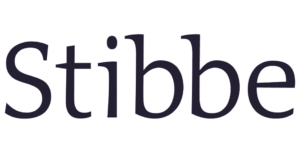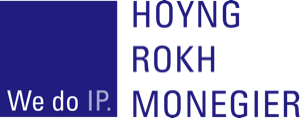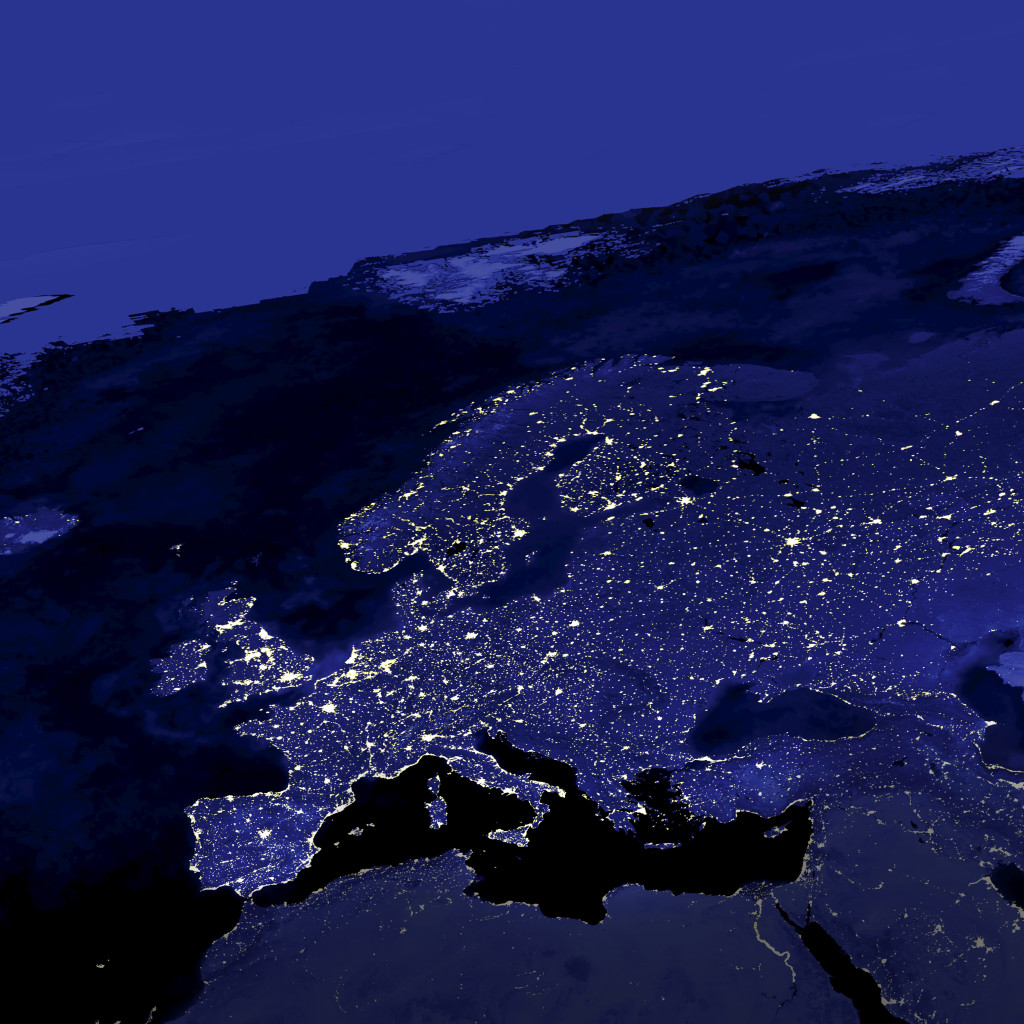HTC Corporation v. Nokia Corporation, Patents Court, London, UK, 3 December 2013, Case No. [2013] EWHC 3778 (Pat)
On 3rd December 2013 the Patents Court granted a final injunction to restrain infringement by HTC Corporation (“HTC”) of a patent for a mobile phone chip belonging to Nokia Corporation (“Nokia”), but granted a partial stay pending a decision of the Court of Appeal. The primary infringing article was HTC’s flagship phone, the “One”, along with the more recent “Mini”. Mr Justice Arnold made a finding of infringement in October this year ([2013] EWHC 3247 (Pat)) but HTC argued that he should exercise his discretion to grant damages in lieu of an injunction. In refusing to do so he clarified the test to be applied when considering whether to grant a final injunction once a finding of infringement has been made. The crucial factor was proportionality of the injunction, which on the facts of this case turned on the availability of non-infringing alternatives.
The discretion to award a final injunction
Mr Justice Arnold conducted a detailed review of the law in this area. His starting point was that an injunction is an equitable remedy and therefore it is always at the court’s discretion to refuse even a final injunction. He referred to Shelfer v. City of London Lighting Co [1895] 1 WLR 287 and Jaggard v Sawyer [1995] 1 WLR 269 as the two leading authorities.
In Shelfer the following principles were set out as “a good working rule” for the circumstances in which damages may be awarded in lieu of a final injunction:
1. The injury to the plaintiff’s legal rights is small;
2. It is one which is capable of being estimated in money;
3. It is one which can adequately be compensated by a small money payment; and
4. It would be oppressive to the defendant to grant an injunction.
In Jaggard the Master of the Rolls made clear that the test turns on oppression not the balance of convenience.
Arnold J went on to consider more recent cases as well as the impact of the Enforcement Directive and TRIPS. In particular, he considered whether the interpretation of the word ‘oppressive’ as used in the Shelfer principles to mean “grossly disproportionate” (as per Pumfrey J in Navitaire v EasyJet (No. 2) [2005] EWHC 282 (Ch) and endorsed most recently by Jacob LJ in Virgin Atlantic v Premium Aircraft Interiors [2009] EWCA Civ 1513) was consistent with Article 3 of the Enforcement Directive (i.e. that remedies shall be (inter alia) “effective, proportionate and dissuasive”). Arnold J acknowledged that even though Article 3 of the Enforcement Directive has not been implemented in the UK, the criteria of Article 3(2) should be applied when considering whether to award an injunction. In conclusion, however, he noted that the court must be very cautious when by refusing an injunction it effectively grants a compulsory licence in circumstances where a compulsory licence is not available (he also noted how difficult this would be to implement as a practical matter). He stated that in a patent case, where there are no other countervailing rights in play, it will be a “heavy burden” to satisfy the court that its discretion should be exercised against the award of an injunction and in practice this is likely to require satisfaction of the old “grossly disproportionate” test.
Application of the facts
Arnold J weighed all of the factors, considering in particular:
• That the patent has six years to run, which makes assessment of damages a difficult exercise in “futurology”;
• The length of time the litigation has been on-going and the amount of notice HTC has had to investigate alternatives and implement contingencies;
• The nature of the market and whether HTC and Nokia are in direct competition;
• That the patent has already been licenced to Apple and Research in Motion and Nokia is willing to grant consensual licences;
• That the infringing chips are only very small components of a much larger and more complex product;
• The amount of money at stake for both parties, based on past and future sales; and
• The ability of HTC to pay damages, both now and in the future.
However the “single most important factor” in Arnold J’s judgement was the availability of non-infringing alternative chips. HTC did not dispute that such chips are available and provided evidence that it was “probable that… HTC could render all its phones non-infringing within a maximum of eighteen months.” Arnold J compared this to the alternative of six years of court-sanctioned infringement if an injunction were refused. He said that “if non-infringing alternatives are available at non-prohibitive cost… there is unlikely to be a problem…[accordingly] an injunction is unlikely to be disproportionate.” Arnold J concluded that none of the four Shelfer principles were satisfied, although his decision hinged primarily on the final proportionality limb. Accordingly he granted Nokia a final injunction.
Should the injunction be stayed pending appeal?
Arnold J affirmed the approach of Buckley LJ in Minnesota Mining and Manufacturing v Johnson & Johnson (No.3) [1976] RPC 671 and, more recently Floyd LJ in Novartis v Hospira [2013] EWCA Civ 583, i.e. that whether a stay should be granted and if so upon what conditions is dependent on the balance of convenience. Accordingly, he compared the harm that each party would suffer if he were to grant a stay pending appeal. He acknowledged that both parties ran the risk of loss of sales, especially over the lucrative Christmas period, and also the difficulties of quantifying the damage suffered (by either party), but in light of the duration the HTC One has been on the market and the volume already produced, he ruled in favour of a stay. However, he refused a stay for the HTC Mini, which had been released more recently and designed whilst the patent dispute was on-going.
Read the decesion (in English) here.
Head note: Scott Parker












